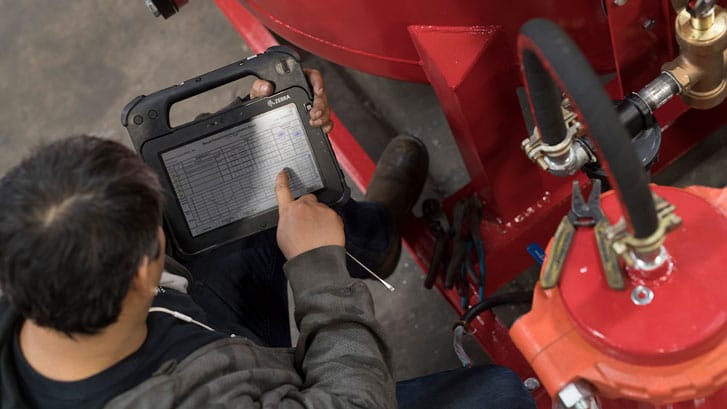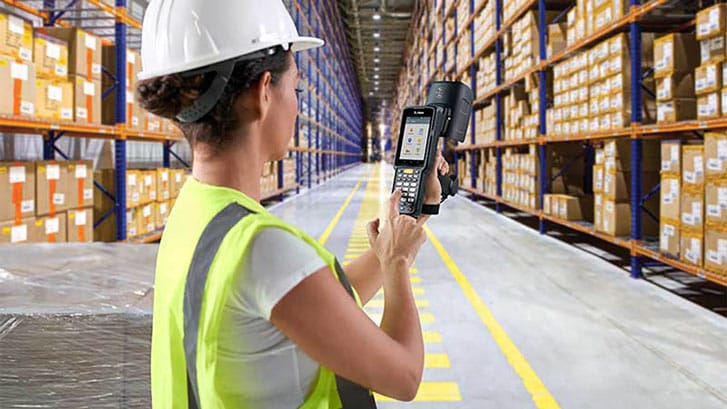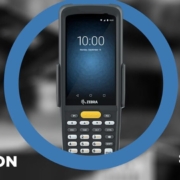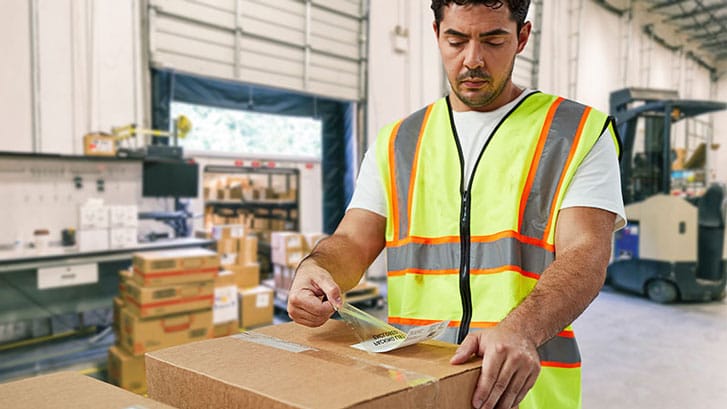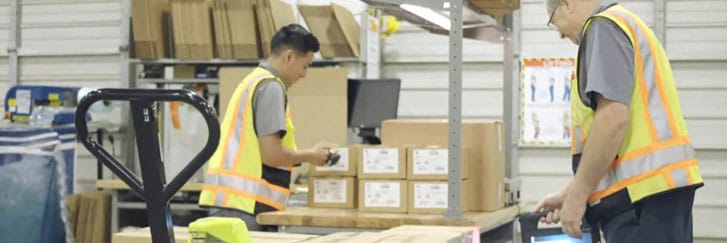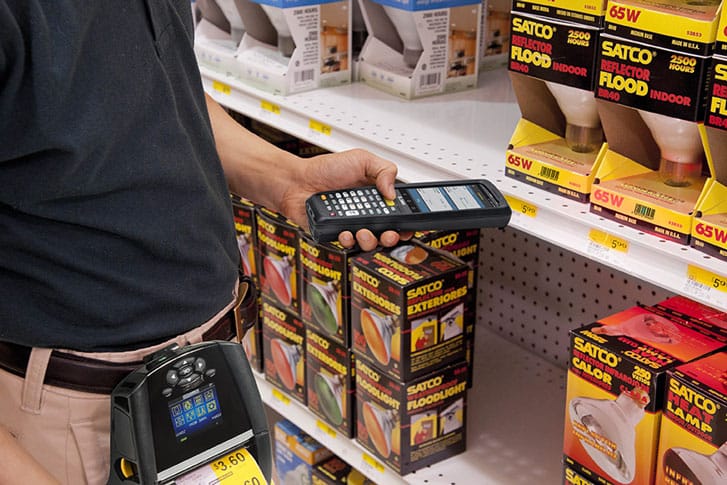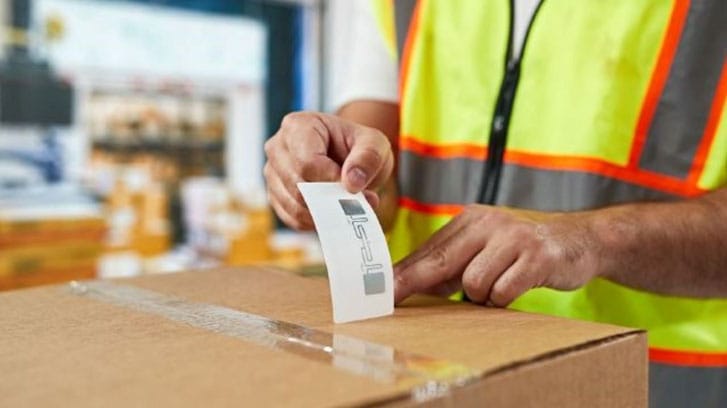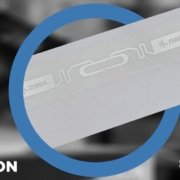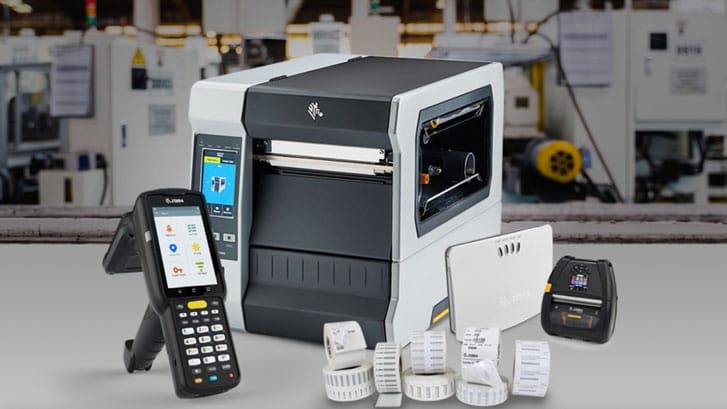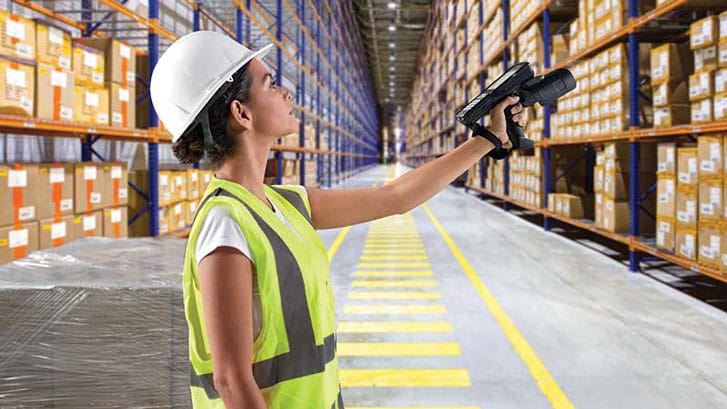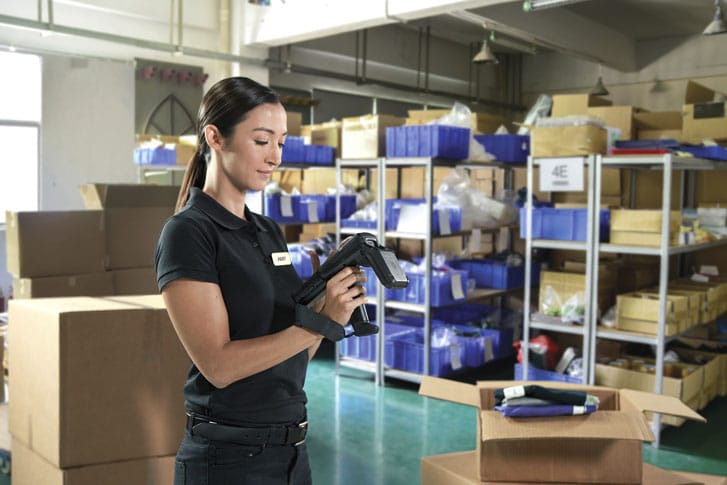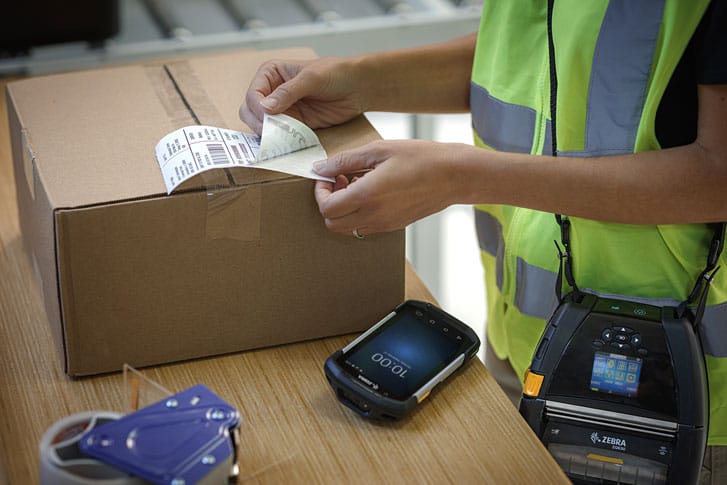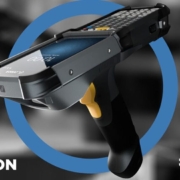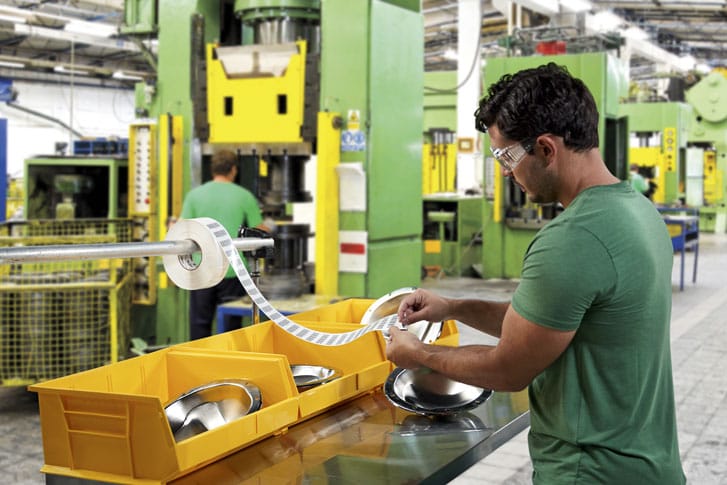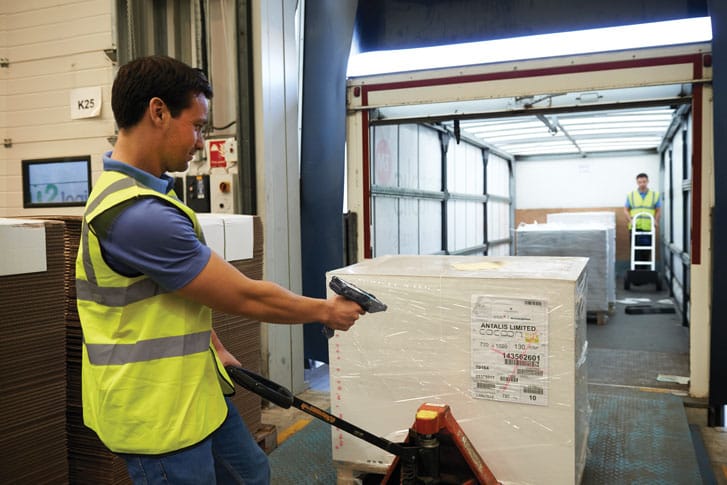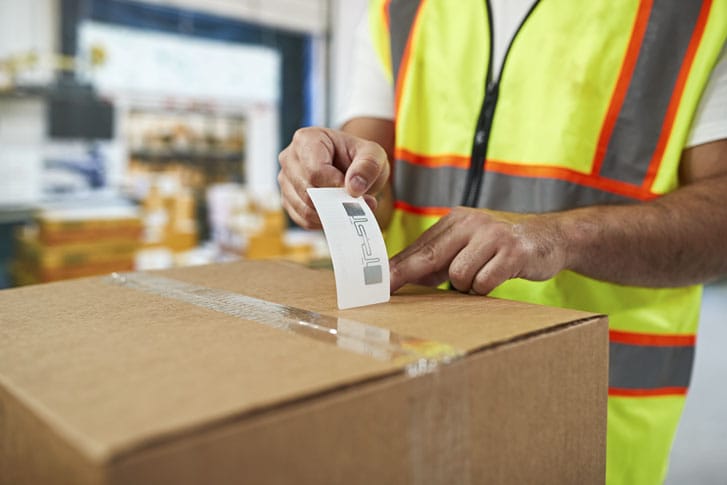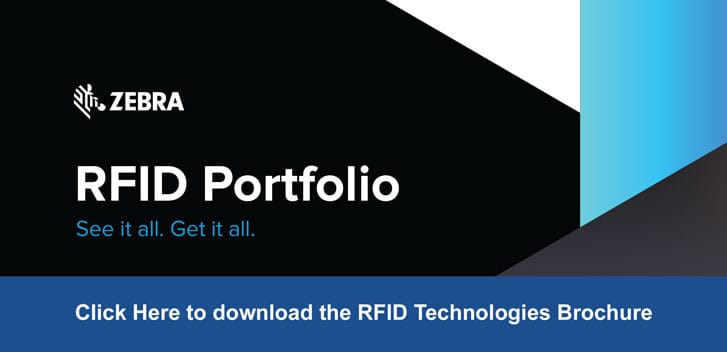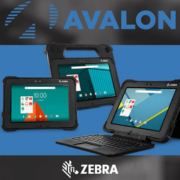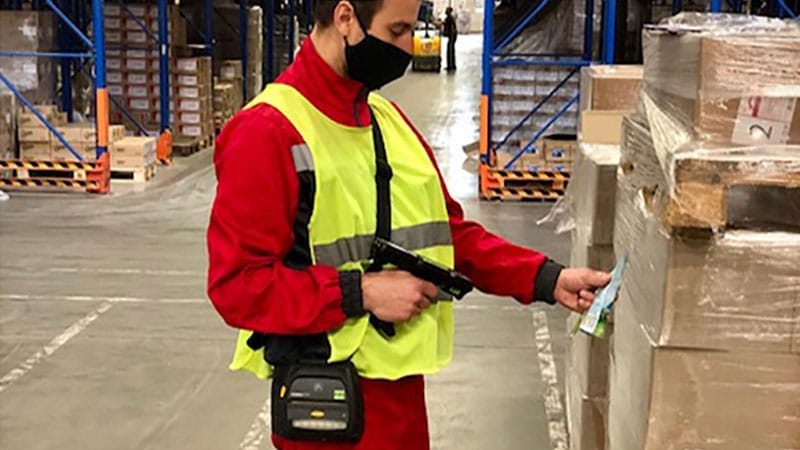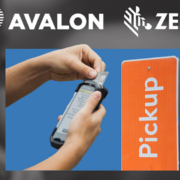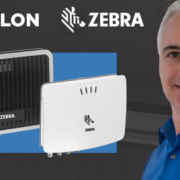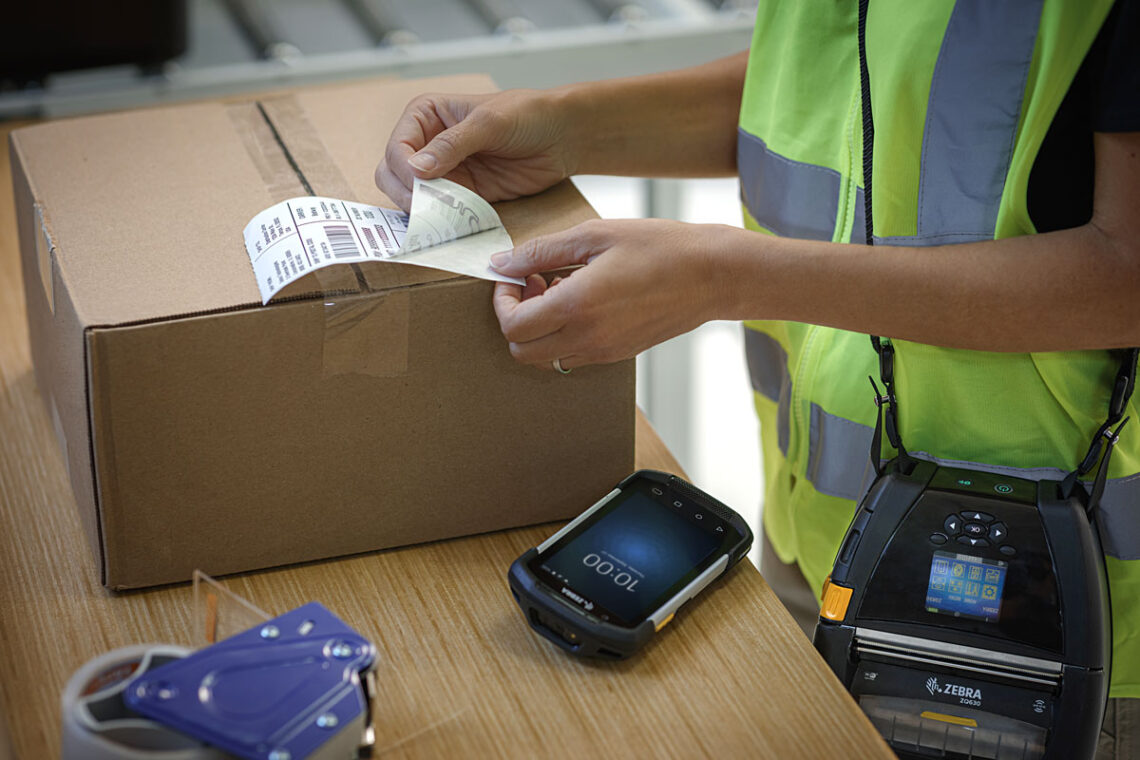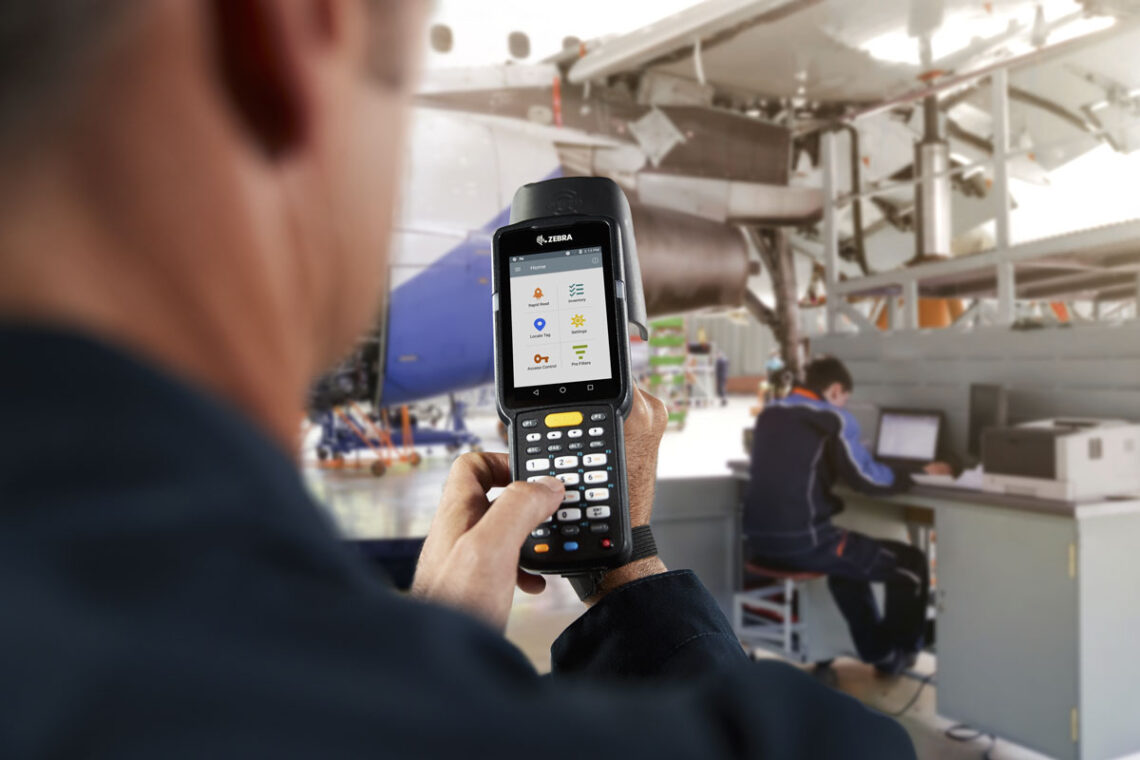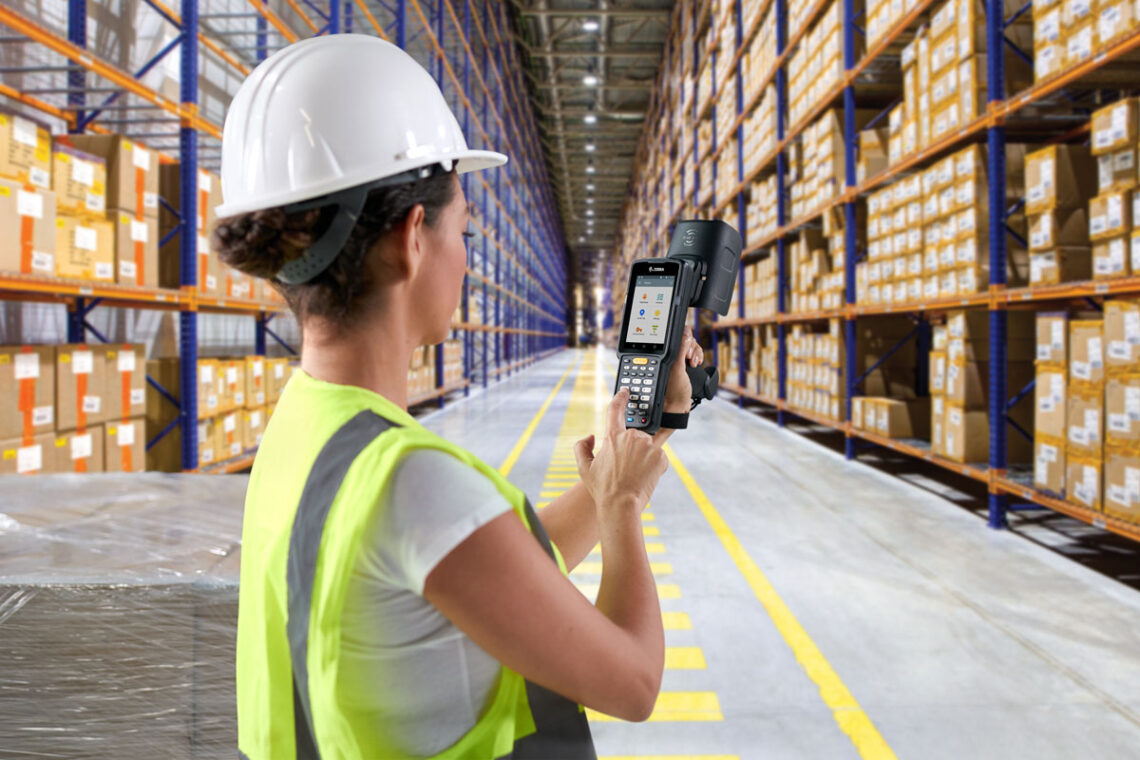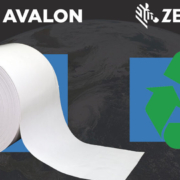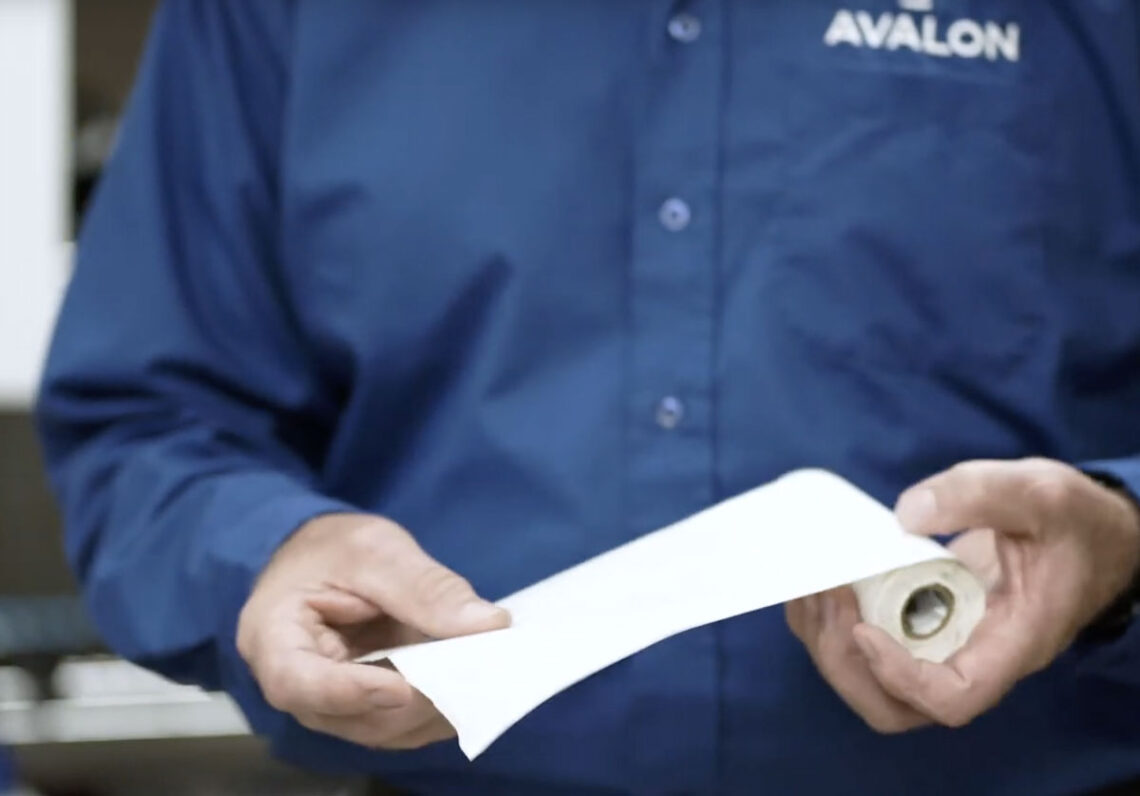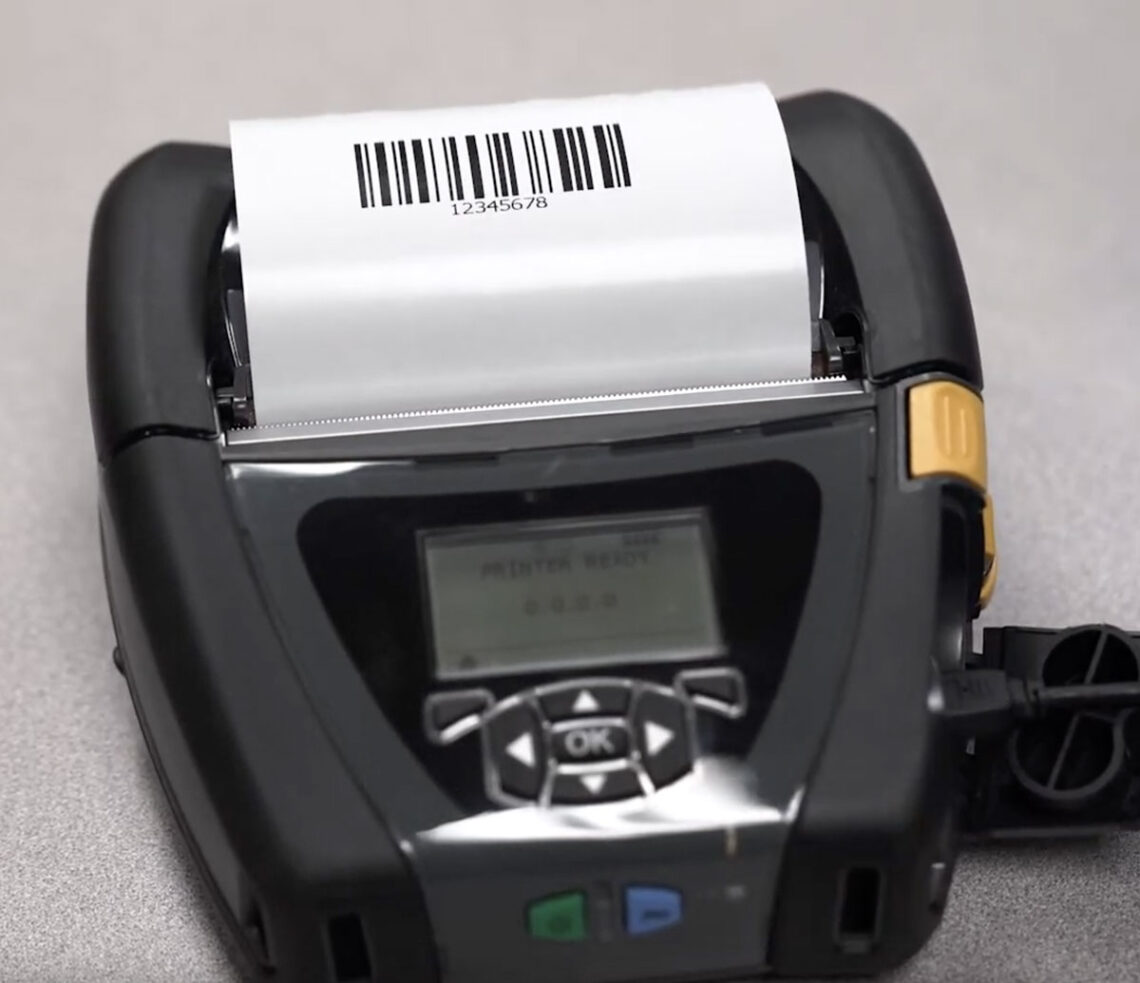Given the constant waves of changes gripping supply chains across the nation, Avalon Integration has continuously researched and studied inventory management optimization to help clients best prepare for changes. A lot goes into creating a dependable system, yet without it, businesses run the risk of:
- Out-of-stock fees
- Overworked employees
- Higher production fees
- Increased carrying costs and travel times
- Negative brand identity
- Missed sales
Consequently, we called the experts to help pinpoint some of the crucial components to consider when developing a modernized inventory management system.
What to expect from a modernized inventory management system:
As previously stated, because every business is unique, there is no one-size-fits-all inventory management solution available. However, it’s safe to assume that your system must aim at maximizing visibility, agility, and accuracy to remain competitive in today’s now-economy. While it’s impossible to categorize one component as the most important factor in your inventory management system, we can help you identify your system’s goals to better specify your system’s needs. Below are a few goals modernized inventory management systems should strive to achieve:
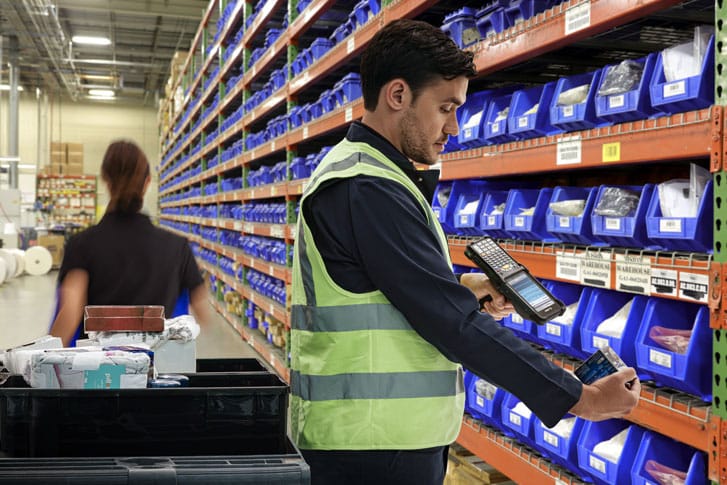
Goals your modernized inventory management systems should strive to achieve
- Expanding the availability of actionable insight – One of the top benefits of a modernized inventory management system is the actionable insight it can provide regarding purchase patterns and areas of optimization. Actionable insight can help you reduce costs, provide customer-centered service, and mitigate product loss/theft. Avalon can help expand insight availability with Zebra’s mobile computers, built to secure maximum connectivity, so your workforce can stay up to date on any supply chain changes when and where they occur.
- Optimizing storage for lower costs – If left unchecked, deadstock can begin to drain your budget in increased carrying costs and depreciated values. When seeking to lower storage costs, Avalon recommends boosting end-to-end visibility with real-time locationing services such as Zebra MotionWorks. Adaptable to change, real-time visibility allows you to monitor moving inventory, giving you an overview of hidden opportunities in the warehouse, in the yard, and anywhere else you need it.
- Accelerating order fulfillment without promoting inaccuracies – Late and inaccurate orders affect customer loyalty. With average order fulfillment times getting shorter, it’s no surprise more warehouses have made speed their goal. To reduce data entry time and shorten travel paths, RFID-powered solutions and tracking can save time by capturing multiple codes without a line of sight. By implementing readers at the loading dock, you can accelerate order verification before shipment, eliminating wasted time and labor.
- Facilitating customer tracking and order changes – According to Zebra’s 2020 Shopper Study, over 80% of retailers either provide or plan to provide mobile ordering by 2021. Because customers expect to be able to track their online orders, the visibility that connects to your customers becomes a vital necessity. To preserve identification, we recommend investing in durable labels and accurate scanners that work both in the warehouse and on the field. Zebra’s Certified Consumables still stand as your best option in protecting inventory identification due to their strong adhesives and surface coating.
- Maximizing worker performance without increasing training times – As more orders come in, your workforce must find a way to continue meeting deadlines while increasing pick rates. High labor turnover rates make this difficult as companies can spend as much as $7,000 in merely training expenses alone. If your goal is to simplify onboarding while increasing performance, simplicity becomes your crucial component since user-friendly systems can diminish the likelihood of human errors. Equipping your workforce with easy-to-learn technologies such as Android’s familiar OS can help lower training times by as much as 90% to make sure employees can access and navigate inventory management systems as early as possible.
Didn’t see your goal listed? Contact our specialists for a free evaluation of your enterprise objectives and see how you can tailor your inventory management system to meet goals and exceed expectations.



